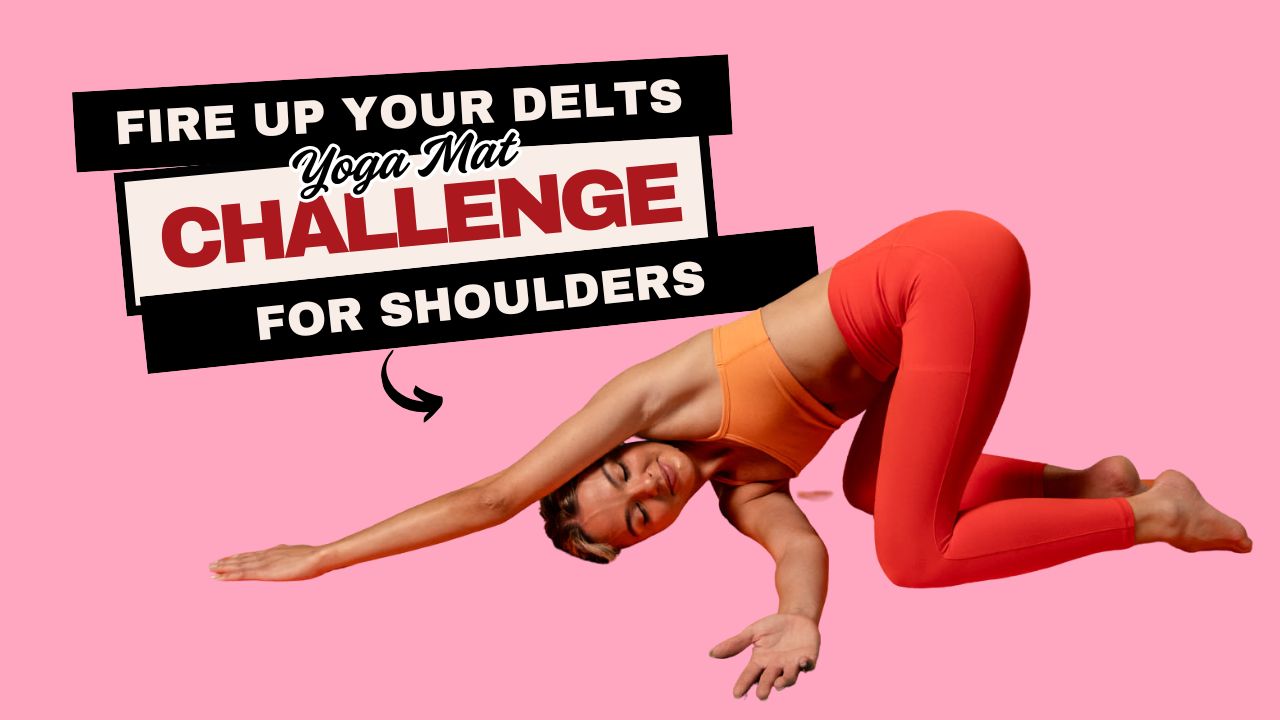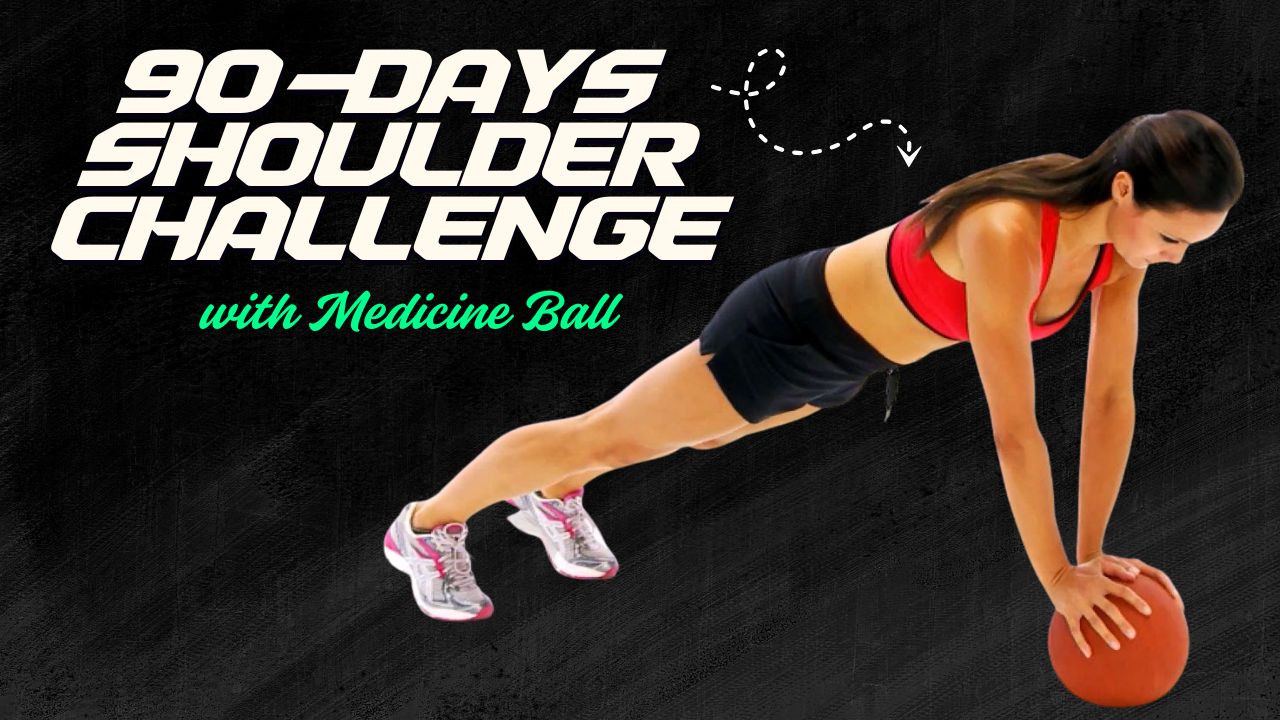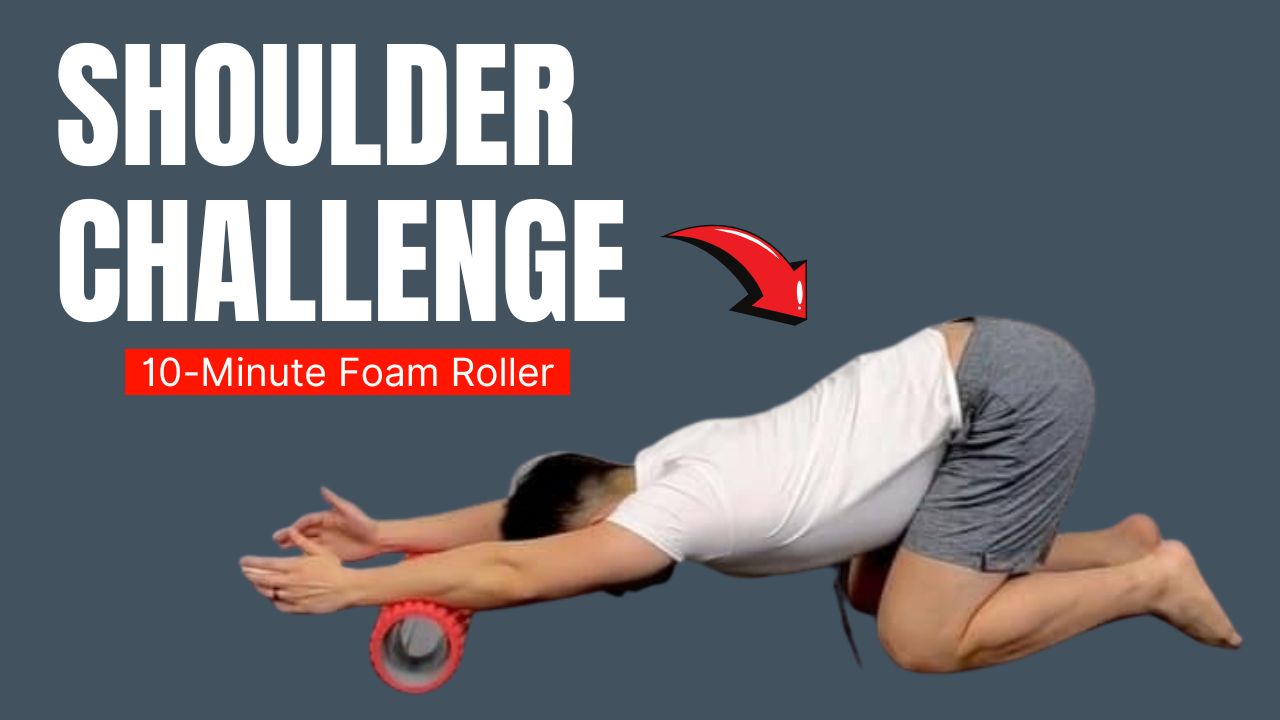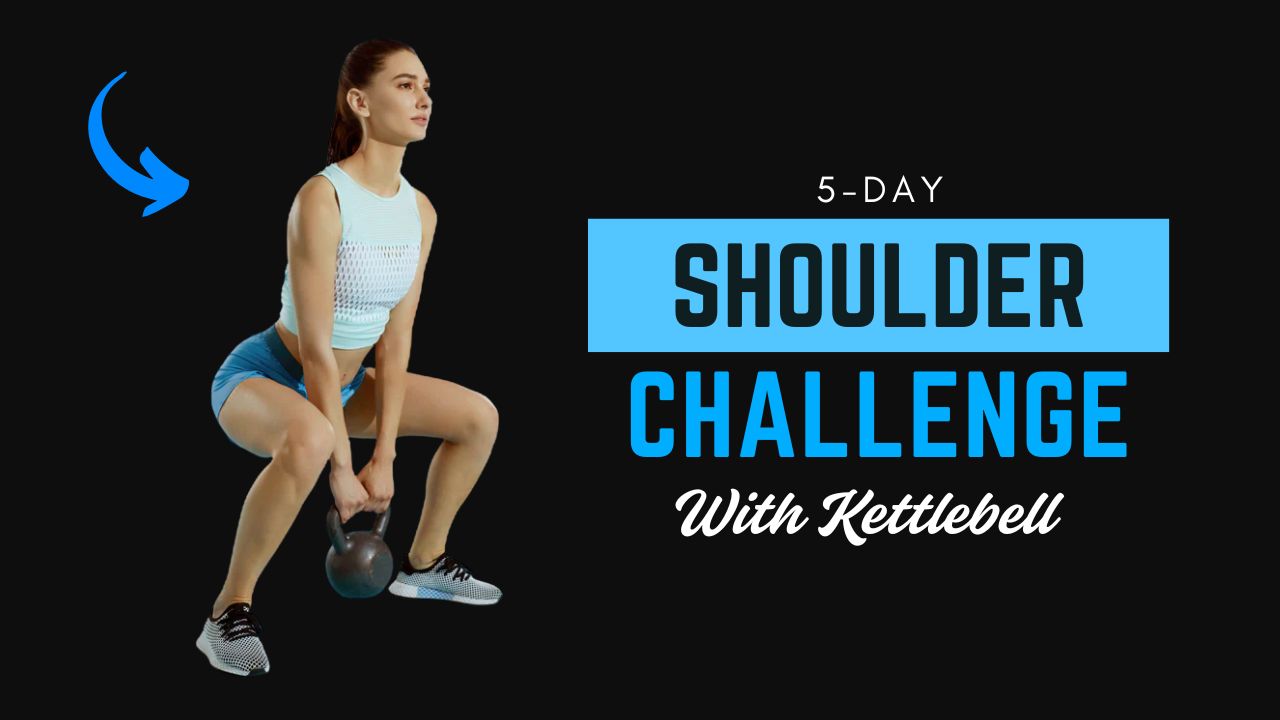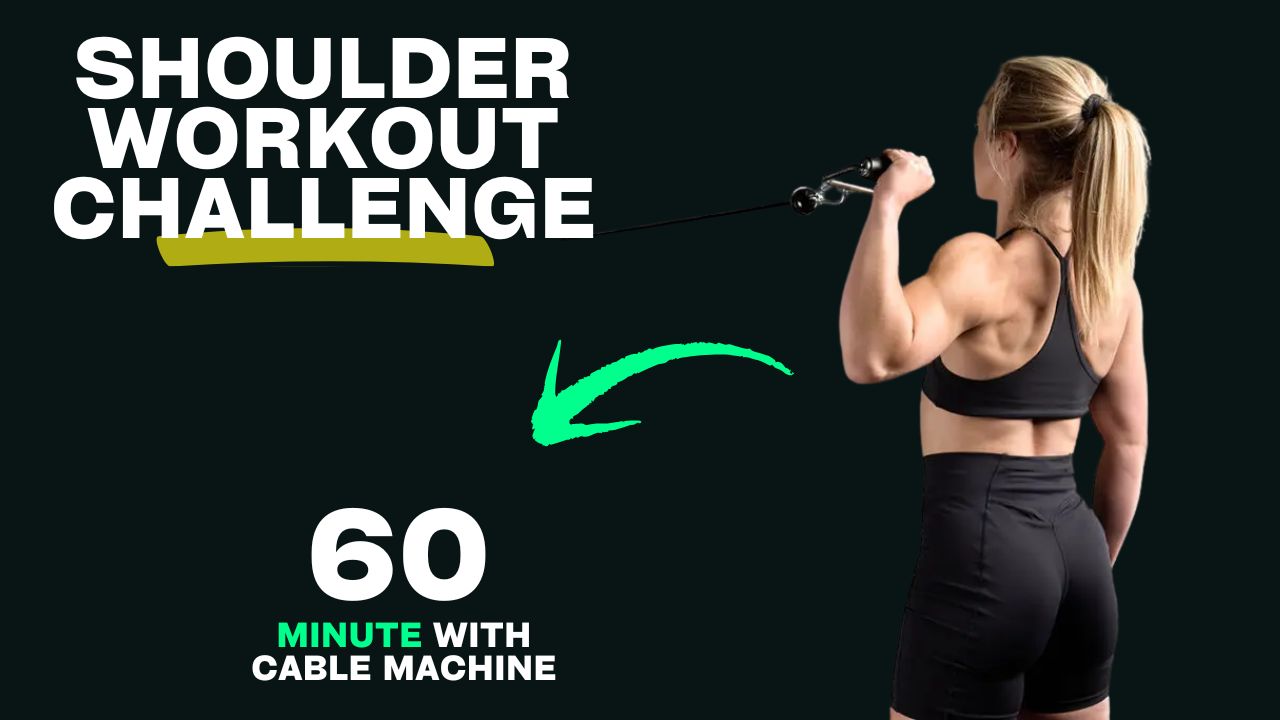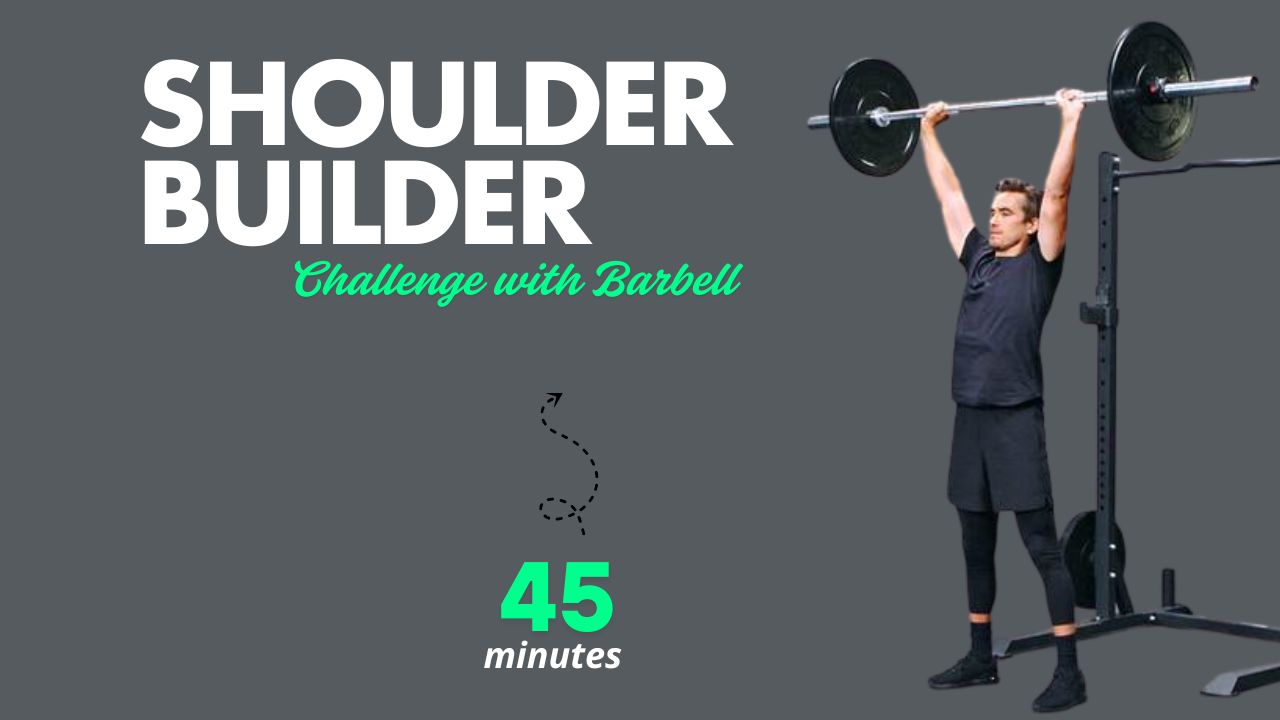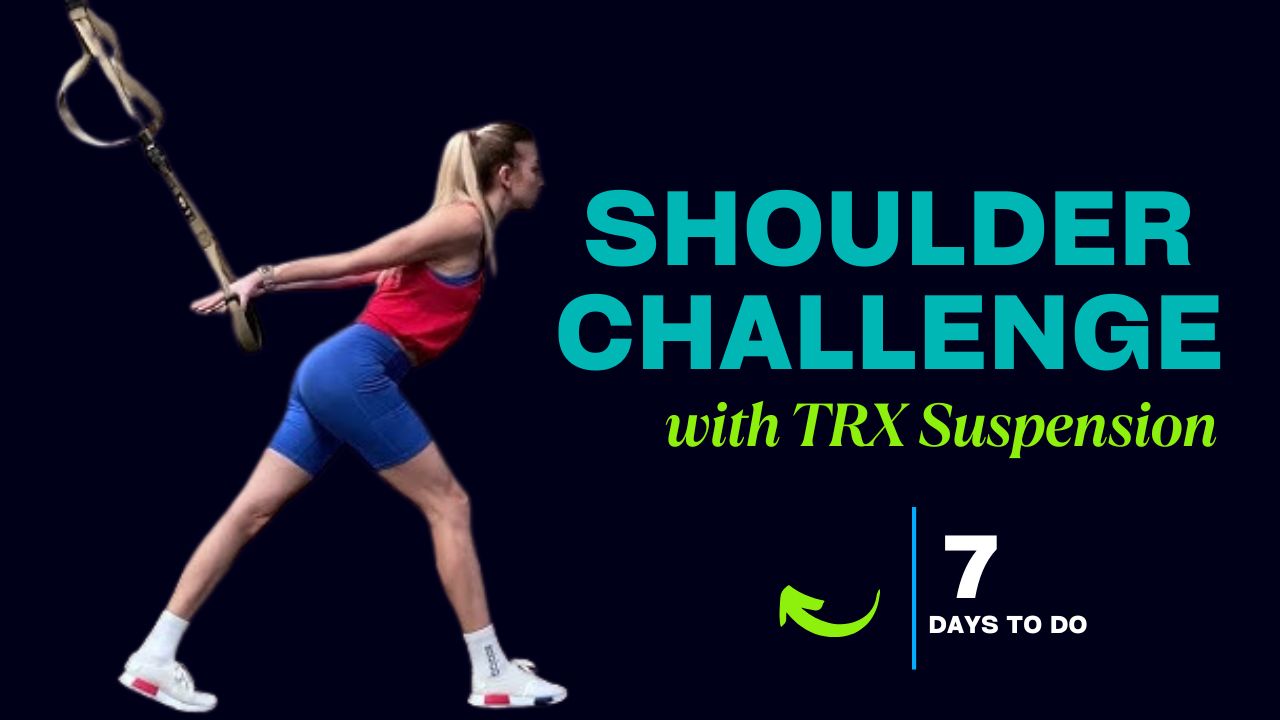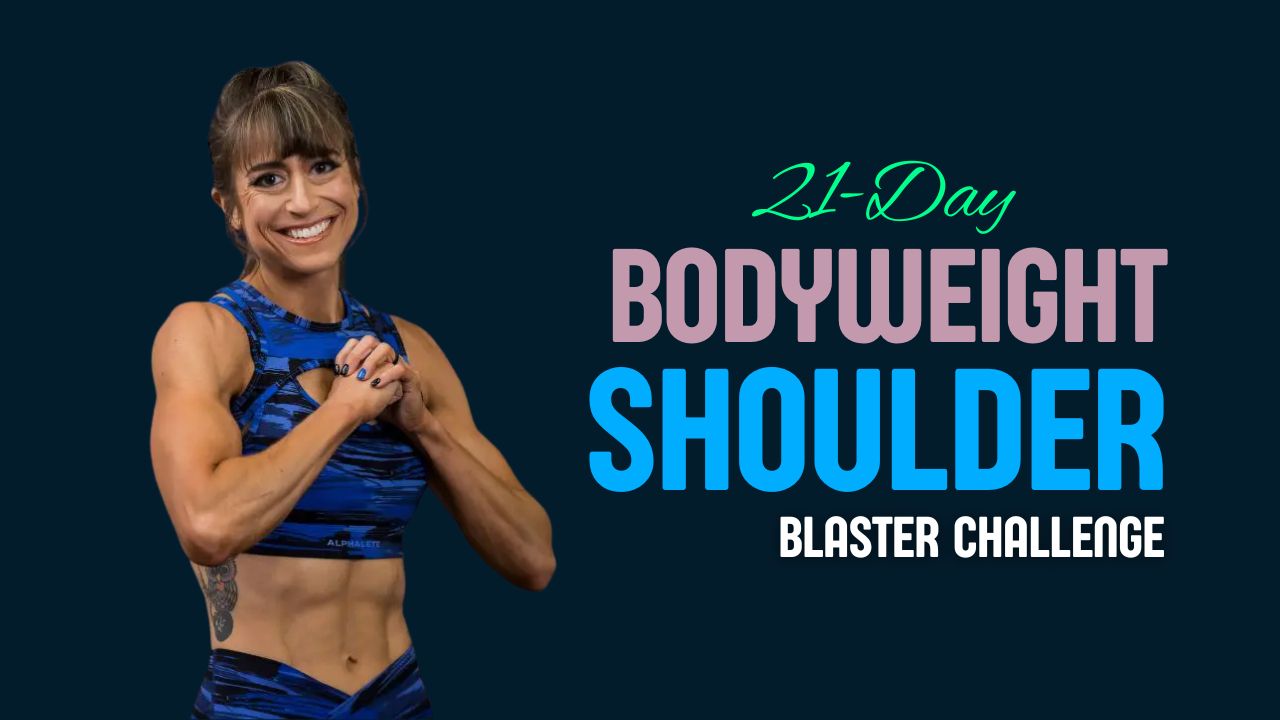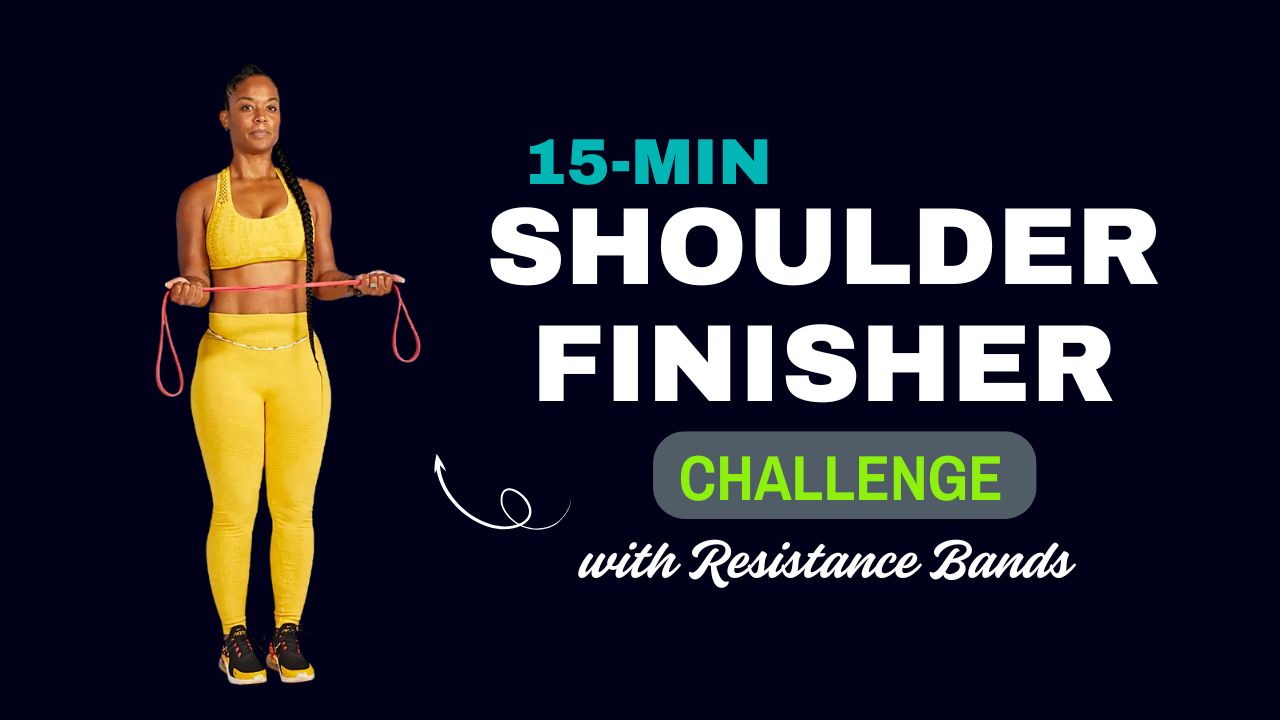Most people think the Smith machine is only for beginners or for chest pressing. But what if I told you it can be one of the most effective tools for building a powerful, pain-free, and joint-resilient back?
A strong back is more than just muscle definition – it’s the structural foundation of your posture, movement, and injury prevention.
And when paired with the Smith machine, you unlock controlled movement, targeted muscle activation, and reduced joint strain, allowing you to lift with confidence.
Do you know?
The majority of gym-related back injuries occur because of poor form or uncontrolled movement. The Smith machine’s fixed bar path minimizes instability, giving your joints a fighting chance to adapt and grow stronger without the unnecessary risk.
This 90-day challenge is designed to:
- Build a muscular, functional back
- Strengthen joints and connective tissues
- Improve posture and spinal stability
- Enhance pulling power for other lifts and daily movements
You’ll find step-by-step “How-to” guides for each exercise, plus a progressive 3-month routine that adapts as your strength grows.

Table of Contents
Benefits of Training Back on a Smith Machine
Before diving into the exercises, let’s clear up some myths and set the record straight:
Myth: Smith machines limit gains because they “do the work for you.”
Truth: The fixed path simply controls bar movement, but your muscles still do all the lifting. In fact, it allows you to safely overload muscles without worrying about balance.
Myth: Smith machines are bad for joints.
Truth: Improper form and overloading are bad for joints – not the machine. When used with correct technique, the Smith machine can actually reduce joint strain by keeping your movement consistent.
Advantages for joint health:
- Controlled range of motion
- Lower risk of accidental twisting or bending
- Ability to train close to failure without compromising safety
What Can Happen After 30 Days of the Challenge
| Positive Changes You May Notice | Why It Happens |
|---|---|
| Improved posture and reduced slouching | Strengthened upper and mid-back muscles support spinal alignment. |
| Increased joint stability in shoulders and spine | Controlled Smith machine training strengthens connective tissues. |
| Better mind-muscle connection during pulling exercises | Consistent form practice enhances neuromuscular coordination. |
| Slight increase in back muscle tone and definition | Regular training stimulates hypertrophy and muscle activation. |
| Reduced discomfort during daily lifting or bending tasks | Stronger back and core muscles improve functional strength. |
| Enhanced grip strength and endurance | Pulling exercises improve forearm and hand muscle engagement. |
| More confidence with heavier lifts | Progressive overload builds both strength and lifting technique. |
Do’s & Don’ts for the 90-Day Back Builder Challenge
| Do’s | Don’ts |
|---|---|
| Warm up your joints and muscles before every session to prevent injury. | Skip your warm-up and jump straight into heavy lifts. |
| Focus on proper form and controlled movements over lifting maximum weight. | Sacrifice form just to lift heavier weights. |
| Increase weight gradually every 2–3 weeks for steady progress. | Add too much weight too quickly, risking joint strain. |
| Keep your core engaged during all exercises to protect your spine. | Let your lower back round during rows or deadlifts. |
| Maintain a neutral spine and steady breathing pattern. | Hold your breath or arch your back excessively. |
| Use the Smith machine’s safety locks when attempting heavy lifts. | Ignore the safety locks, especially when training alone. |
| Pair the program with a balanced, protein-rich diet for muscle recovery. | Rely solely on workouts without proper nutrition. |
| Rest 48 hours between back sessions to allow muscle and joint recovery. | Train your back every day without recovery time. |
| Track your progress in weights, reps, and form improvements. | Go through workouts without monitoring progress. |
The Exercises – How to Do Each One
Below are 7 key Smith machine back exercises to strengthen muscles while supporting joint health.
1. Smith Machine Bent-Over Rows
Description:
The cornerstone of back development, this move targets the lats, rhomboids, traps, and spinal erectors while improving pulling strength.
How to:
- Set the bar to mid-shin height.
- Stand with feet shoulder-width apart, grip the bar with an overhand grip.
- Hinge at your hips until your torso is about 45 degrees to the floor.
- Pull the bar toward your lower ribcage, squeezing your shoulder blades.
- Lower under control.
Form Tip: Keep your back straight throughout the lift – rounding your spine places stress on the discs.
2. Smith Machine Deadlifts
Description:
Deadlifts are not just for powerlifters – when done on the Smith machine, they allow safer loading while keeping the bar path close to the body for lower back and hamstring protection.
How to:
- Set the bar to mid-shin height.
- Stand with feet hip-width apart, toes under the bar.
- Grip the bar overhand and engage your core.
- Push through your heels, driving hips forward as you lift.
- Lower slowly, maintaining a neutral spine.
Fact: Deadlifts work over 70% of the body’s muscles, making them an efficient strength-builder.
3. Smith Machine Rack Pulls
Description:
A partial deadlift that starts at knee level, placing less stress on the lower back while still building upper back thickness and grip strength.
How to:
- Position the bar just below knee height.
- Stand close, grip the bar, and keep a neutral spine.
- Drive through your heels to lift, pulling shoulders back at the top.
- Lower under control.
Joint-Friendly Tip: Rack pulls limit range of motion, making them ideal for those with limited hip mobility or recovering from lower back issues.
4. Smith Machine Inverted Rows
Description:
Bodyweight row variation that’s perfect for shoulder health, scapular control, and posture improvement.
How to:
- Set the bar to waist height.
- Lie under it and grab with an overhand grip.
- Keep your body in a straight line from head to heels.
- Pull your chest toward the bar, squeezing shoulder blades.
- Lower slowly.
Progression: Elevate your feet to increase difficulty.
5. Smith Machine Shrugs
Description:
Targets the upper traps for better neck and shoulder support, essential for heavy lifts and preventing neck strain.
How to:
- Stand upright, grip the bar with hands shoulder-width apart.
- Lift your shoulders as high as possible, pausing at the top.
- Lower slowly, avoiding jerky movements.
Do You Know?
Strong traps not only improve aesthetics but also stabilize the neck and shoulder joint during sports and lifting.
6. Smith Machine Reverse Grip Rows
Description:
Underhand grip variation shifts emphasis to lower lats and biceps, providing balanced back development.
How to:
- Grip the bar with palms facing up.
- Hinge forward like in a bent-over row.
- Pull bar toward your waistline, keeping elbows close to your body.
- Lower with control.
Form Tip: Avoid flaring elbows to maintain tension on the lats.
7. Smith Machine Good Mornings
Description:
Primarily works the lower back, hamstrings, and glutes, reinforcing spinal stability.
How to:
- Position the bar across your upper back (not neck).
- Step back, feet hip-width apart.
- With a slight knee bend, hinge at the hips until your torso is almost parallel to the ground.
- Return to starting position by driving hips forward.
Joint Protection: This move builds strong erector muscles, which protect spinal discs during lifting.
Training Tips for the 90-Day Challenge
- Warm up joints first: 5–10 min of dynamic mobility (arm swings, cat-cow, torso rotations).
- Start light: Even if you can lift heavier, let your joints adapt first.
- Focus on form: Bad technique negates the safety benefits of the Smith machine.
- Progress gradually: Add weight every 2–3 weeks based on comfort and control.
90-Day Back Builder Routine – Table Format
Structure:
- Phase 1 (Weeks 1–4) – Foundation: Focus on technique and joint conditioning.
- Phase 2 (Weeks 5–8) – Strength: Moderate weight, controlled reps.
- Phase 3 (Weeks 9–12) – Power: Heavier weight, fewer reps, more intensity.
| Exercise | Phase 1 (Weeks 1–4) | Phase 2 (Weeks 5–8) | Phase 3 (Weeks 9–12) |
|---|---|---|---|
| Smith Machine Bent-Over Rows | 3 sets x 12 reps | 4 sets x 10 reps | 4 sets x 8 reps |
| Smith Machine Deadlifts | 3 x 10 reps | 4 x 8 reps | 4 x 6 reps |
| Smith Machine Rack Pulls | 3 x 10 reps | 4 x 8 reps | 4 x 6 reps |
| Smith Machine Inverted Rows | 3 x 12 reps | 3 x 10 reps (feet elevated) | 4 x 8 reps (weighted) |
| Smith Machine Shrugs | 3 x 15 reps | 4 x 12 reps | 4 x 10 reps |
| Reverse Grip Rows | 3 x 12 reps | 4 x 10 reps | 4 x 8 reps |
| Smith Machine Good Mornings | 3 x 12 reps | 3 x 10 reps | 4 x 8 reps |
Rest Between Sets: 60–90 seconds for hypertrophy, 2 minutes for heavy lifts in Phase 3.
How to Track Your Progress
- Strength Gains: Record your working weight each week.
- Endurance: Note if reps feel easier at the same weight.
- Joint Health: Monitor for reduced stiffness or discomfort.
- Posture: Take photos every month to see visible improvement.
Final Thoughts
This 90-Day Back Builder Challenge isn’t just about getting a bigger back – it’s about future-proofing your body. By using the Smith machine’s guided path, you train with precision, protecting joints while unlocking strength you can rely on for years.
Commit to the program, fuel your body with proper nutrition, and in 3 months, you’ll stand taller, lift heavier, and move with newfound confidence.
Frequently Asked Questions (FAQs)
Can beginners start this 90-day Smith machine back challenge?
Yes. The Smith machine’s guided bar path makes it beginner-friendly. Start with lighter weights, focus on form, and progress gradually over the 90 days.
How many times per week should I follow this back workout?
For best results, train your back 2–3 times per week, allowing at least one rest day in between sessions for recovery.
Will the Smith machine limit my muscle growth compared to free weights?
No. When used correctly and progressively overloaded, the Smith machine can build just as much muscle as free weights, with the added benefit of better joint safety.
Can this program help with back pain?
If your back pain is due to poor posture or weak muscles, strengthening your back may help. However, if you have an existing injury, consult a healthcare professional before starting.
What other muscle groups benefit from these exercises?
Besides the back, these movements engage your biceps, traps, rear delts, glutes, hamstrings, and core, promoting full-body stability.
How heavy should I lift on the Smith machine?
Start with a weight that allows you to perform all reps with perfect form, leaving 1–2 reps in reserve. Increase weight every 2–3 weeks as your strength improves.
Is it okay to replace free weight back exercises with Smith machine variations permanently?
Yes, especially if you want to prioritize joint safety. Some athletes still mix both for variety, but you can achieve great results using the Smith machine alone.
What should I eat during this challenge for best results?
Aim for a protein-rich diet to support muscle repair and growth, with balanced carbs and healthy fats for energy and joint health.
Do I need a spotter when using the Smith machine?
While the Smith machine is safer than free weights, a spotter is helpful for heavy lifts like deadlifts or good mornings, especially in Phase 3.
Can I still follow this challenge if I have limited mobility?
Yes, but you may need to adjust exercise range of motion or use joint-friendly variations. Prioritize form over weight to protect your joints.
